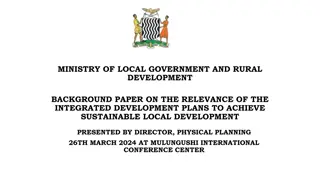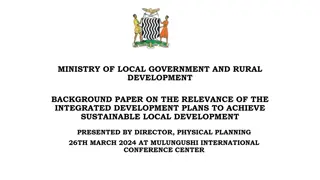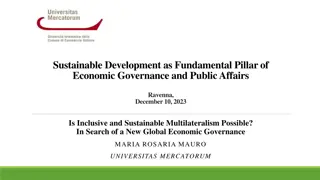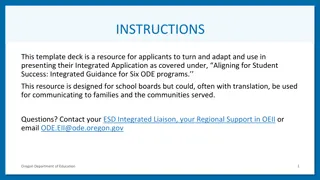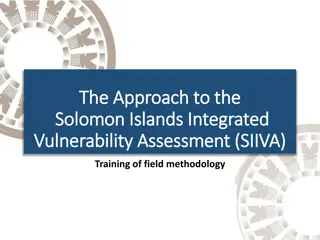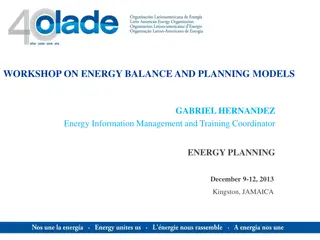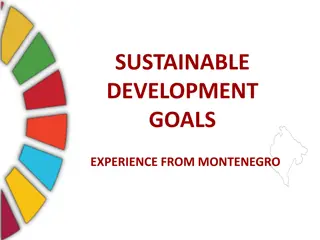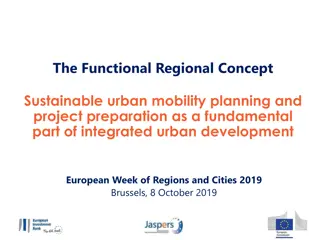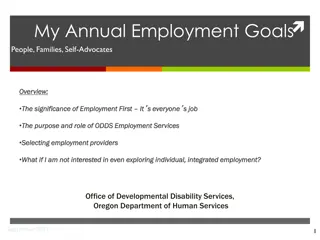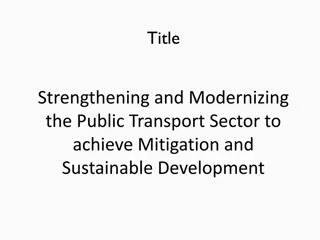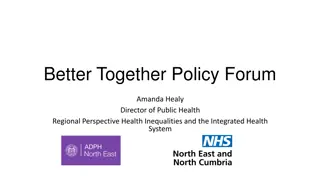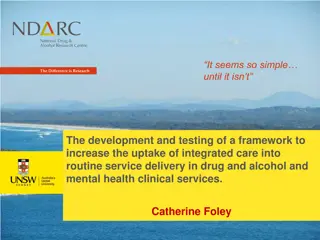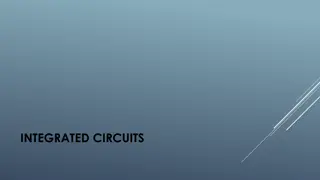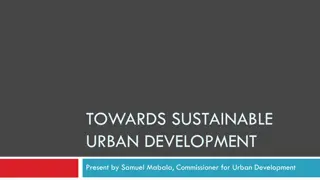Challenges of Integrated Planning for Sustainable Development
Key weaknesses in sector policy design done in isolation often lead to lack of coordination, distrust, and inefficient resource use. Case studies from Nepal and India illustrate the importance of integrated planning to address complex issues like water management and agricultural practices for sustainable development.
Download Presentation

Please find below an Image/Link to download the presentation.
The content on the website is provided AS IS for your information and personal use only. It may not be sold, licensed, or shared on other websites without obtaining consent from the author.If you encounter any issues during the download, it is possible that the publisher has removed the file from their server.
You are allowed to download the files provided on this website for personal or commercial use, subject to the condition that they are used lawfully. All files are the property of their respective owners.
The content on the website is provided AS IS for your information and personal use only. It may not be sold, licensed, or shared on other websites without obtaining consent from the author.
E N D
Presentation Transcript
CLEWS Country Module 1. The food-energy-water nexus and sustainable development 2. The need for integrated planning: case studies 3. The CLEWS modelling approach 4. CLEWS case studies 5. Hands-on exercises with CLEWS
2. The need for integrated planning: case studies
Key weaknesses of sector policy design done in isolation Policy formulation and assessments are quite often done in isolation by separate and disconnected institutional entities. This contributes to: Lack of communication and coordination Distrust Incoherent, counterproductive policy formulation and decisions High probability of inefficient use of scarce resources Absence of an institutional structure and buy-in for integrated analyses and planning
Example: Melamchi trans-basin water supply, Nepal Plan to supply underserved consumers in Kathmandu Valley with water Large infrastructure project Trans-basin transfer of water Potential for project to serve multiple uses Irrigation Hydropower component Opposed by line agency Strong resistance to expand project scope Blocked role in project implementation by other agencies Project went ahead as single-purpose urban water project
Example: Punjab, India Punjab has only 1.5% of India s land, but its rice and wheat production accounts for 50% of the grain the Government purchases and distributes to feed more than 400 million poor Indians. Groundwater is being withdrawn faster than it can be replenished No restriction on landowners rights to pump water on their own land Government set prices incentivize planting of water-intensive crops Electricity provided free to farmers Water levels drop; increased pumping is putting additional stress on an already fragile and overtaxed electricity grid Excessive pumping not only leads to overexploitation of aquifers, but also to high electricity demand Irrigation accounts for about 15-20% of India s total electricity use
The need for integrated planning These issues highlight the challenges faced by governments pursuing sustainable development. Development is a complex web of interwoven concerns and vested interests. Decisions can have far-reaching consequences outside the targeted area, sector or jurisdiction. Impacts can be unintended and unforeseen. Cross-sectoral and cross-system impacts may be either positive or negative (or both). A coordinated and integrated process to develop policies and measures with adequate attention given to cross-cutting aspects is needed. Includes the concerns and perspectives of all affected systems/sectors. Assesses the complementarity and conflicts among policy goals. Stakes out a path that makes appropriate compromises (trade-offs) to pursue overall development.




